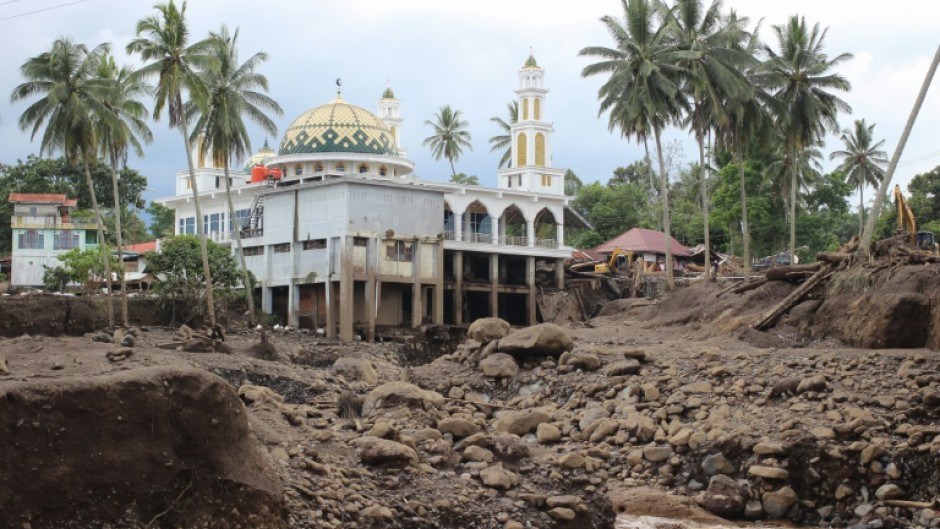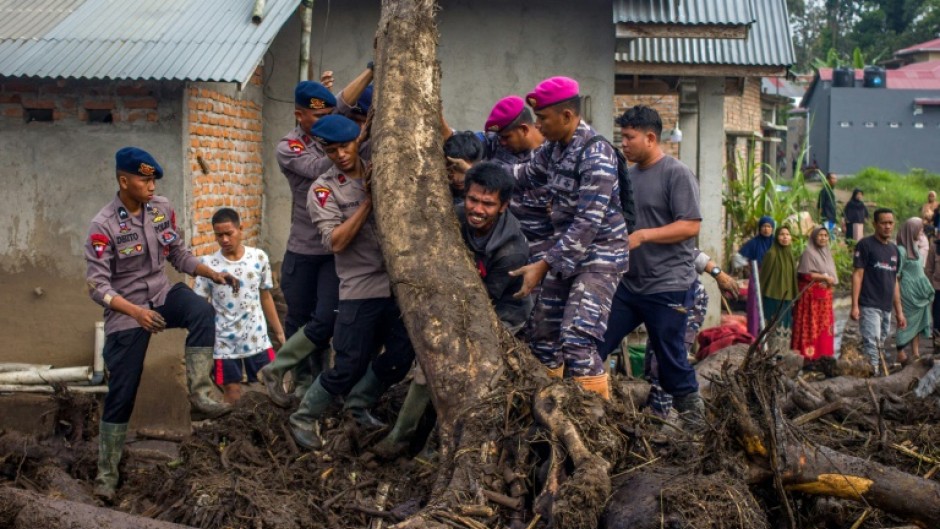INDONESIA - Rescuers recovered more bodies on Tuesday after weekend flash floods and cold lava flow on Indonesia's Sumatra island killed at least 57 people and left another 22 missing, provincial officials said.
Hours of heavy rain caused large volcanic rocks to roll down one of Indonesia's most active volcanos into six districts on Sumatra island Saturday evening while flooding inundated roads, homes and mosques.
"To date, 57 victims have been found dead," Ilham Wahab, West Sumatra disaster mitigation agency official, told AFP, adding 22 people were still missing.
Workers cleaned up damaged buildings after the deluge while rescuers deployed a thermal drone to help the search, using excavators and their bare hands to try to find survivors in the rivers and rubble.
"For the emergency response, heavy equipment has moved to clean up the disaster areas. And after this, we will go to shelters to ensure affected communities are served well," national disaster mitigation agency (BNPB) chief Suharyanto told reporters Tuesday.
More than 3,300 people have also evacuated from the affected areas, according to authorities.
They warned the death toll could rise further as the search for the dozens missing continued.
The search was urgent as rescuers only had a "golden time" of six days to find survivors, Suharyanto said.
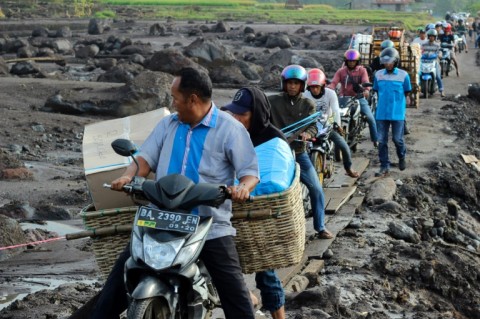
Residents described the terror late Saturday as the floods, bringing along volcanic materials and logs, inundated their neighbourhoods and destroyed their houses.
Meli Karmila, a 29-year-old mother-of-one, said she rushed from her home carrying her only child when the flood hit, climbing over a car stuck in another house to shelter on the house's second floor.
"When seeing the big water... oh God. I felt like I was going to die. There, I vomited, my stomach ulcer relapsed," Meli told AFP Tuesday.
"My house was damaged, destroyed."
Dozens of houses were swept away and rescuers said many of the victims were found in or around nearby rivers.
Workers rushed to clear and repair a damaged bridge to ease access to the area.
- Terrifying rains -
Meli said she saw other houses swept away and now wants to move home to a safer area away from the volcano.
"My husband worked as a pickup truck driver... now the pickup truck, the motorcycle are broken. The family's income came from there," she said.
"How else we can make a living? I don't dare to stay here anymore."
To aid the rescue effort, authorities said they would deploy weather modification technology that will start to work from Wednesday.
Indonesian officials use the term weather modification technology for cloud seeding, in this case using it in an attempt to make clouds rain earlier in a bid to weaken the rainfall's intensity when it reaches the disaster-struck area.
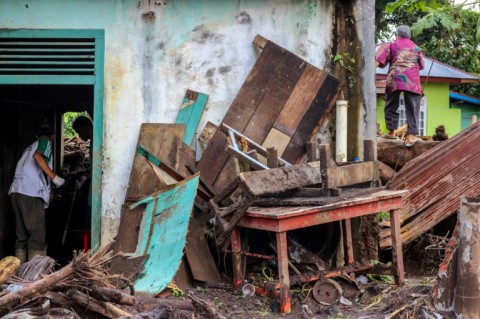
"Efforts were made so these rain clouds would not fall at the location of the disaster," meteorological agency chief Dwikorita Karnawati told reporters.
Aid deliveries were being carried out using air and land routes, some of which required emergency bridges, after the flooding and cold lava flow cut off some road access in the worst-hit areas, Suharyanto said.
BNPB spokesman Abdul Muhari on Monday said 71 houses were completely swept away and 125 were moderately damaged by the flooding and cold lava flow.
Cold lava, also known as lahar, is volcanic material such as ash, sand and pebbles carried down a volcano's slopes by rain.
Indonesia is prone to landslides and floods during the rainy season.
In 2022, about 24,000 people were evacuated and two children were killed in floods on Sumatra island, with environmental campaigners blaming deforestation caused by logging for worsening the disaster.
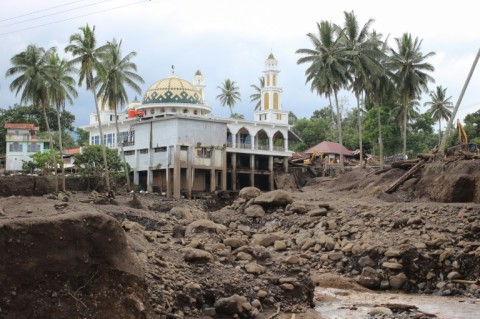
Trees act as a natural defence against floods, slowing the rate at which water runs down hills and into rivers.
Marapi is one of Indonesia's most active volcanos.
In December, it erupted and spewed an ash tower 3,000 metres (9,800 feet) into the sky, taller than the volcano itself.
At least 24 climbers, most of them university students, died in the eruption.
By Irwanda Saputra

